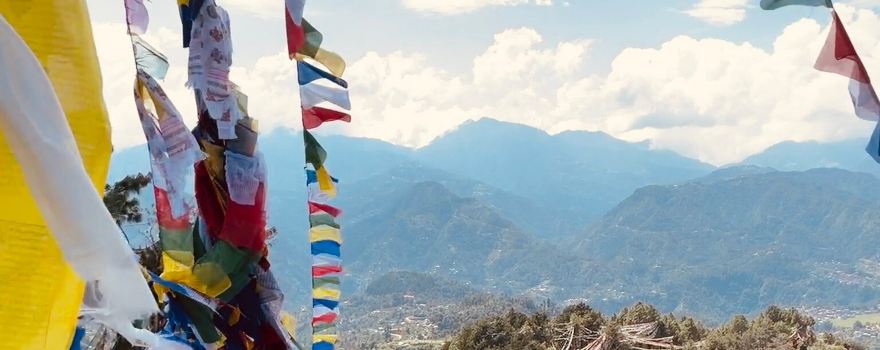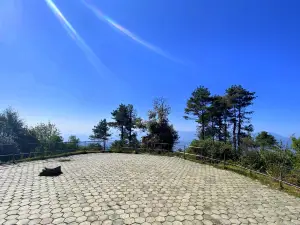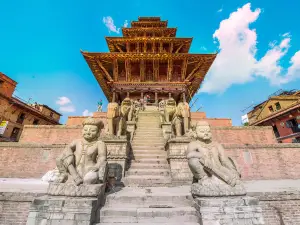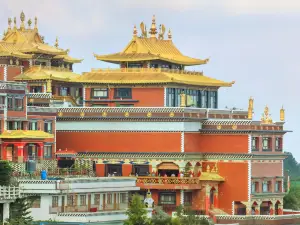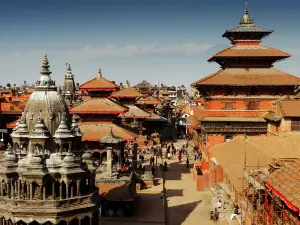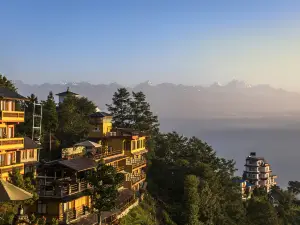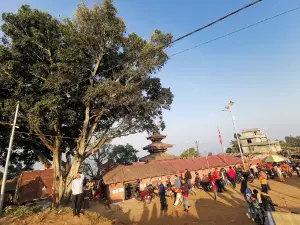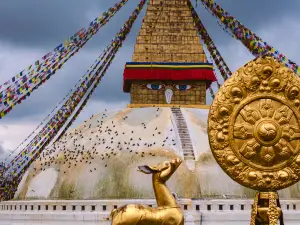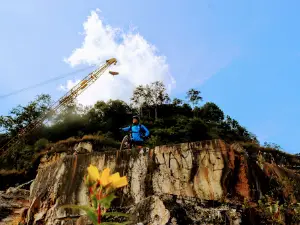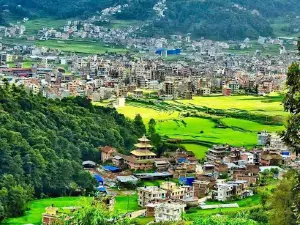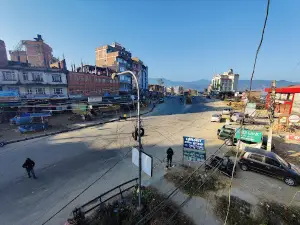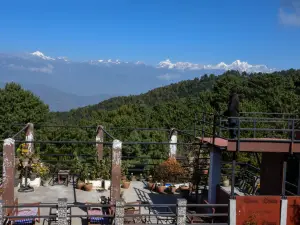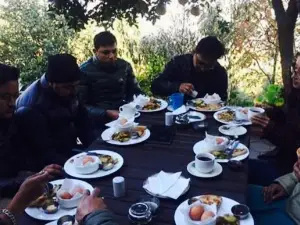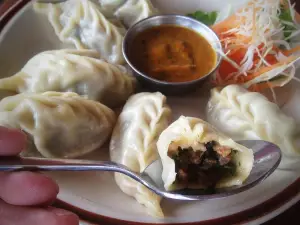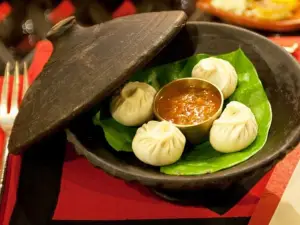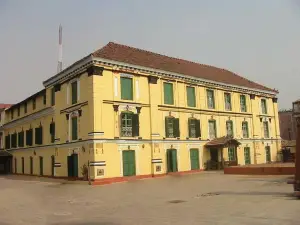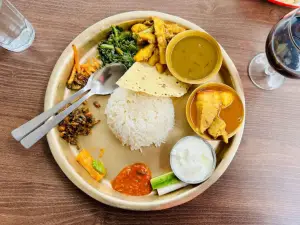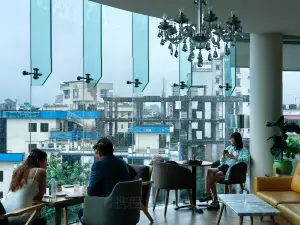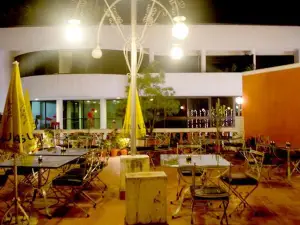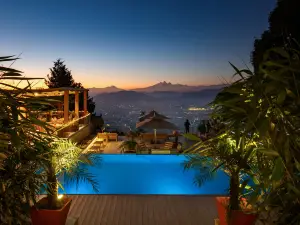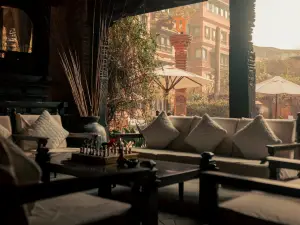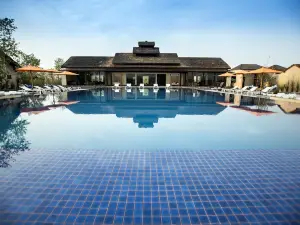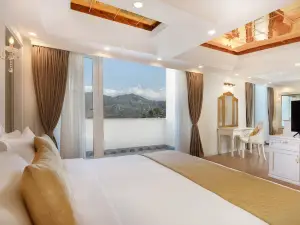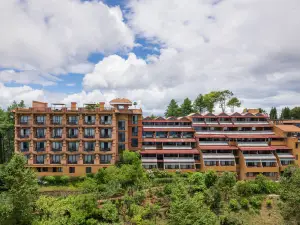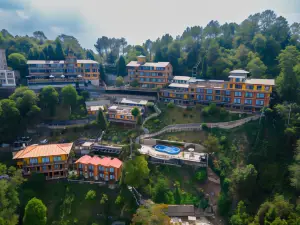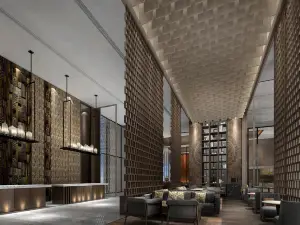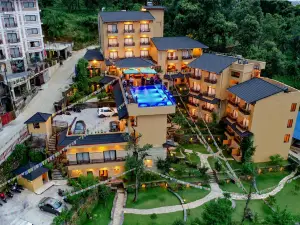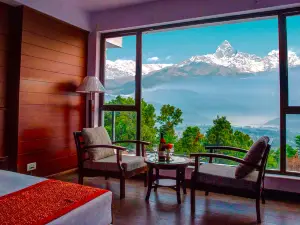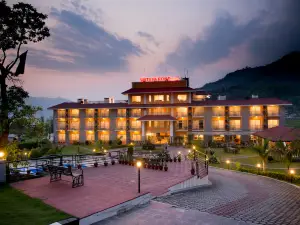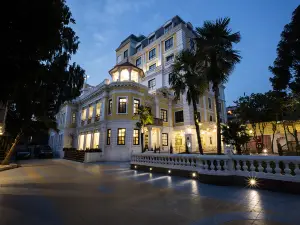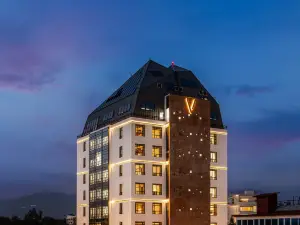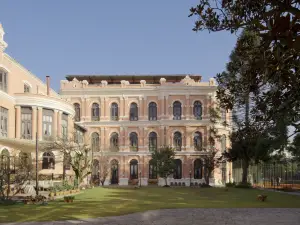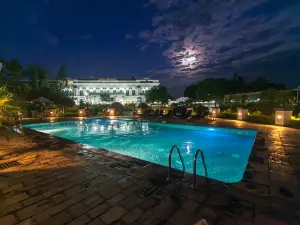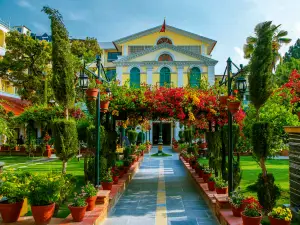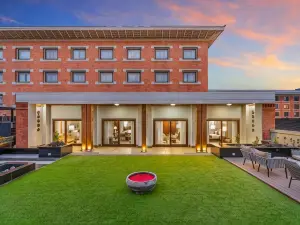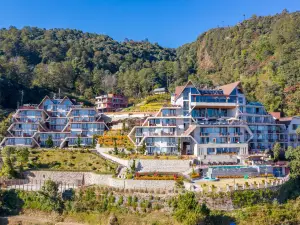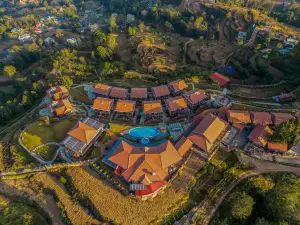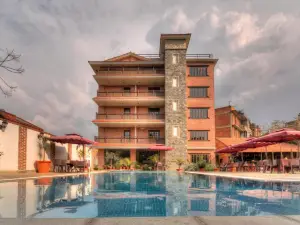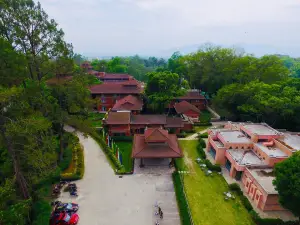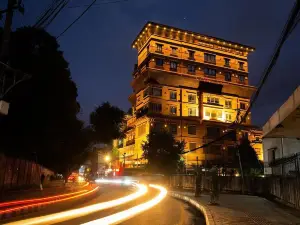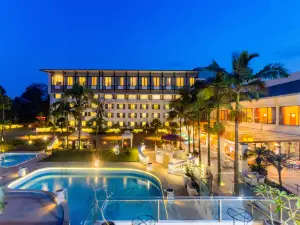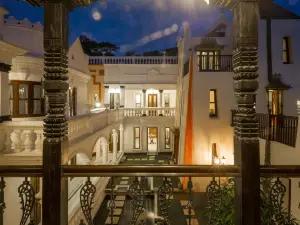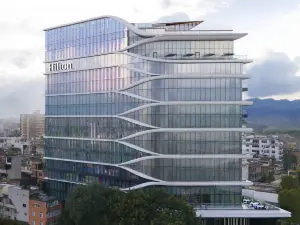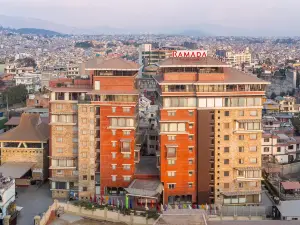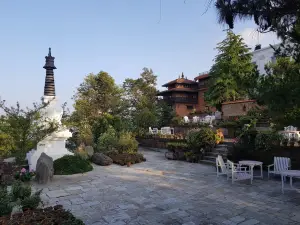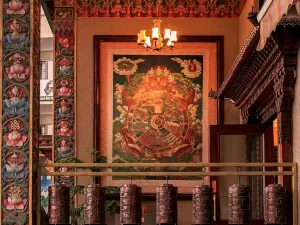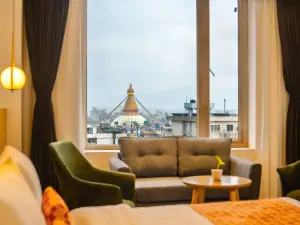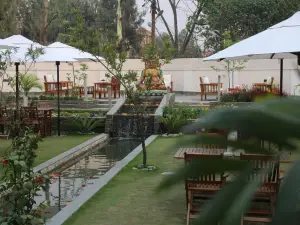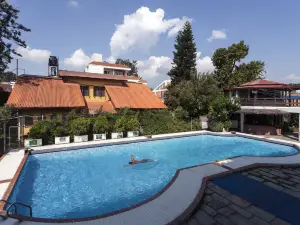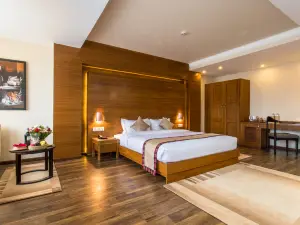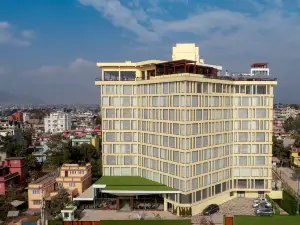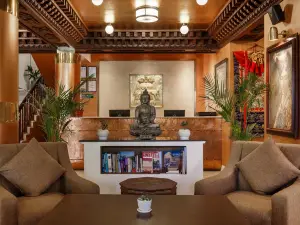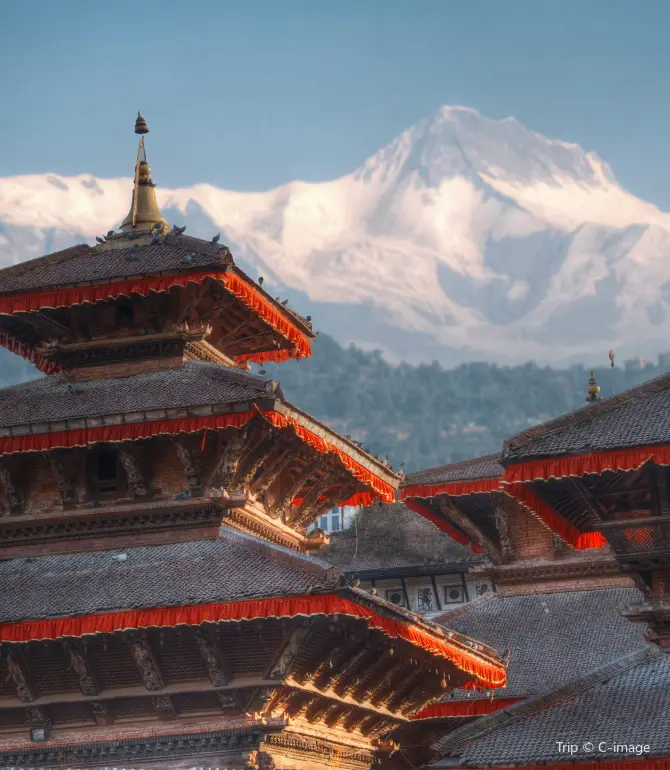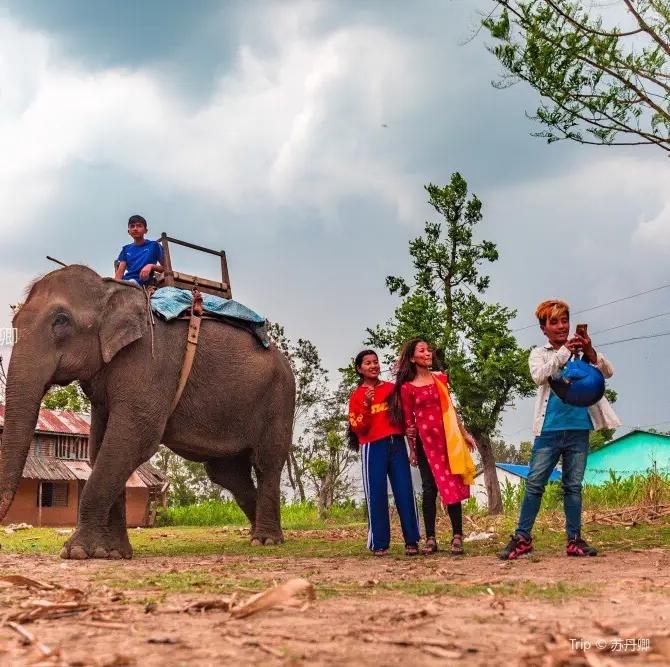Photos
Kavrepalanchok
Things to Do in Kavrepalanchok in 2025 - Top Attractions, Local Food, Hotels & Travel Tips (Updated June 2025) | Trip.com
About Kavrepalanchok
Current Weather Conditions
Kavrepalanchok Local Experiences Map
View Local Experiences on Map
Popular Destinations
More Popular Destinations
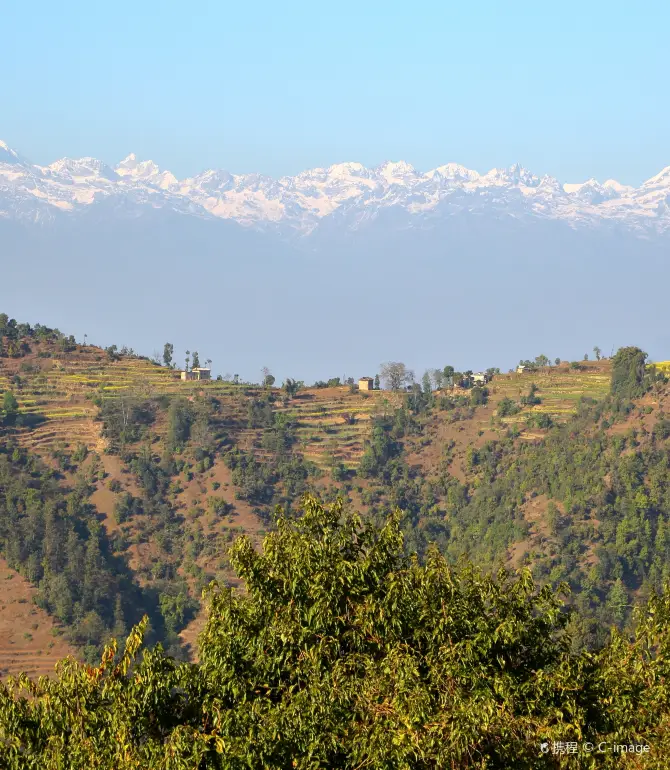
Dhulikhel
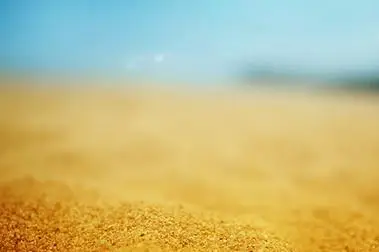
Kushadevi

Baluwapati Deupur

Phoksingtar
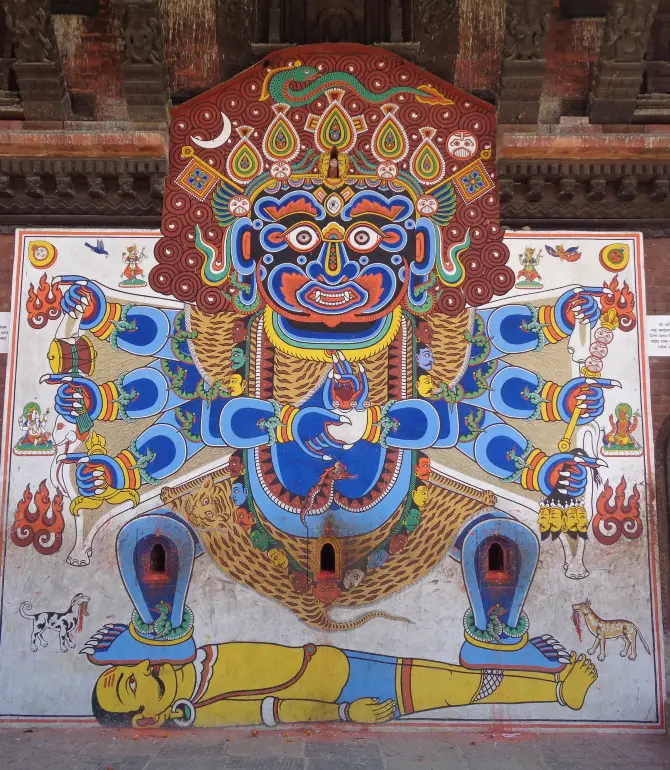
Banepa

Gokule
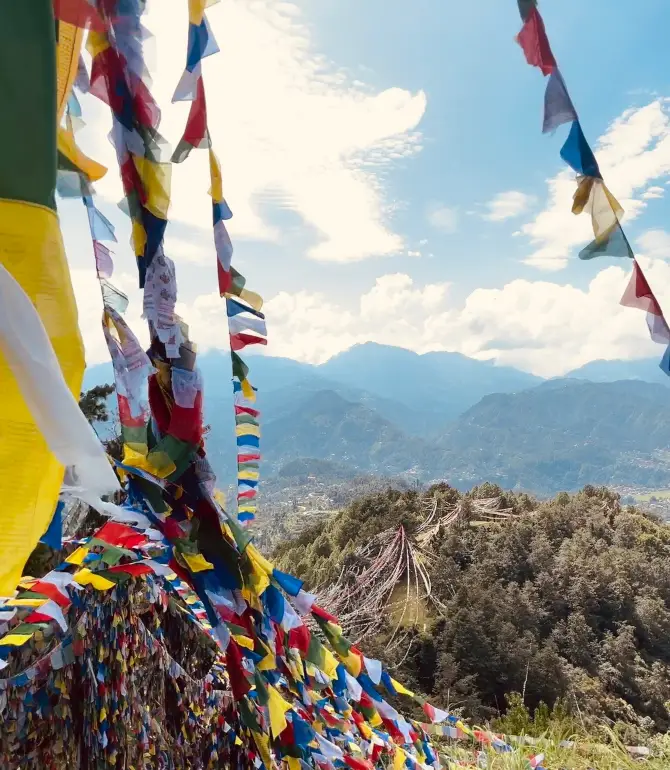
Simalchaur Syampati

Sarada Batase
Things to do in Kavrepalanchok
What to Do
Looking for things to do in Kavrepalanchok? We provide up-to-date info on everything from must-see scenic spots to local hangouts.
View More
Nagarkot View Tower
3.2
This user hasn't left any comments yet
Godawari Marble Danda
2.8
This user hasn't left any comments yet
Bardibas Bus Stop, Dhulikhel
2.7
This user hasn't left any comments yet
Where to Stay
Discover the most popular places to stay in Kavrepalanchok, complete with recommendations from fellow travelers and special hotel offers
View More
What to Eat
Want to eat like a local? Don't miss out on these top Kavrepalanchok dishes and foodie spots.
View More
Kavrepalanchok Moments: Through Travelers' Eyes
Post
#Recommended
#newyearnewtrip

Premium resorts in Nepal 🇳🇵
Heemal
1

海外に行こう
【Sky Paradise】 Dwarika’s Resort Dhulikhel
かの旅

newyearnewtrip
Fun girls getaway to Kavya Resort & Spa
travelonawhim

Best short trip near Kathmandu valley
Heemal

🌟✈️ Nagarkot's Hidden Gem: Kavya Resort & Spa 🏞️🛌
Travel Elite

🌟✈️ Luxe Himalayan Hideaway: Dusit Thani Review ✈️🌟
marksze.hk

dhulikhel
Premium and good hotel in dhulikhel
Heemal

Panauti old historic newari city
Heemal
View More
Best of Kavrepalanchok
Popular Types of Attractions in Kavrepalanchok
Historical attractions | Cultural institutions | Museums | Themed exhibition halls | Nature and wildlife | Natural scenery | Mountain climbing | Outdoor activities | Cycling | Mountain climbing | Rock climbing | Leisure activities | Spa/massage | Farms and pastures | Sightseeing tours | Skybound experiences | Water sports | Parks | Exhibitions & events
Popular Attractions in Kavrepalanchok
Rajbam pokhari Guru Rhenporchhe | Indreshwar Mahadev Temple | Lord Brahma Statue ( ब्रह्मा मूर्ति ) | YOYO ZIPLINE | Nagarkot View Tower | Narayan Temple | Gosaithan | Uhgrachandi Bhagabati Temple | Shree Radha Krishna Mandir and Bar Pipal Chautara | Kankrabari काँक्राबारी | Dhulikhel Height | Layaku Durbar | Shankswori Mata Mandir | Sweet home naniram | Dhulikhel Zipline - Worldwide Adventures | Bhamarkot Devi Temple | Ratadi, Hokse Besi | Ashok binayak Ganeh Temple | Roshi jarana | Madan Bhandari Memorial Park | Banepa Futsal | Ganeshthan View Tower | 28-kilo Park | बेथानचोक हिलेभञ्ज्याङ भिउ टावर View Tower Bethanchok | Kalikadevi temple(कालिकादेवी मन्दिर) | Bhidabari भिडाबारी | मोक्षद्वारी पश्चिम् | Mount Mahabharat | Kanthu (Kwatha) Ganesh Temple | Bimal photography
Popular Ranked Lists
Popular Best Things to Do in Hongtong | Popular Must-Visit Restaurants in Melbourne | Popular Luxury Hotels in Brasilito | Popular Best Things to Do in Longyou | Popular Best Things to Do in Xing'an County | Popular Best Things to Do in Ninghai | Top 3 Best Things to Do in Linxia Prefecture | Popular Best Things to Do in Zhongxiang | Popular Must-Visit Restaurants in Fukuoka | Top 10 Must-Visit Restaurants in Bad Ischl | Popular Must-Visit Restaurants in Santorini | Popular Local Restaurants in Xiaojin | Popular Must-Visit Restaurants in Ho Chi Minh City | Popular Must-Visit Restaurants in Hanoi | Popular Luxury Hotels in Freycinet National Park | Popular Must-Visit Restaurants in Taipei | Top 4 Best Things to Do in Nanping | Popular Best Things to Do in Yuyao | Popular Luxury Hotels in Baja Sardinia | Popular Must-Visit Restaurants in Frankfurt | Top 4 Best Things to Do in Sanjiang | Popular Premium Hotels in Deva | Popular Best Things to Do in Lvliang | Popular Luxury Hotels in Le Puy-Sainte-Reparade | Popular Must-Visit Restaurants in Kuala Lumpur | Popular Luxury Hotels in Swansea | Popular Premium Hotels Near Kamyzyaksky District | Popular Premium Hotels in Nikos Kazantzakis | Top 6 Best Things to Do in Hinggan League | Popular Must-Visit Restaurants in Tokyo
Popular Restaurants in Kavrepalanchok
Gaia Holiday Home Restaurant | Newa Kitchen | Rukh Cafe | Sayapatri Restaurant | Dhulikhel Triple Crown | Aananda Cafe | Shrestha thakali bhanchhaghar namobuddha municipaliry bhakundebesi, naubese | Gautam Mithai Bhandar | View Point Chia Pasal | Grand Summer Palace Resort | Ram Krishna chiya pasal | Dhulikhel bhojanalaya and momo center | Dhulikhel Eco Resort | Banepa Village Resort | Little Star Fun Park with Family Restro Banepa | Bhardev, Way to Mahadevsthan | Bhardev, 17 Jhyal Homestay | Hotel Black & White nepal | The Home Town Cafe | Aambotey Sikhar Cafe | Royal Khaja Ghar | BP Road Station Bar | Sarvesh Lounge & Bar | Royal Lounge Bar | Araniko Fast Food | Airport Sekuwa Corner | The phulbari namobuddha resort | 36 Kilo khaja ghar & lassi Center | Hotel Third Eye | Karmarus Darbar
Popular Destinations
Hua Hin Travel | Nanchang Travel | Fukuoka Travel | Phillip Island Travel | New Zealand Travel | New Delhi Travel | India Travel | Barcelona Travel | Rotorua Travel | Kota Kinabalu Travel | Sri Lanka Travel | Ulaanbaatar Travel | Hakuba Travel | Toowoomba Travel | Krabi Province Travel | Kashgar Travel | Kishiwada Travel | Brazil Travel | Baghdad Travel | Seine-Maritime Travel | Worthen with Shelve Travel | Xinyi Travel | Risaralda Travel | Zhashui Travel | Miami-Dade County Travel | Santiago de Compostela Travel | Ascoli Piceno Travel | Brussels-Capital Region Travel | Baokang Travel
Recommended Attractions at Popular Destinations
Attraction near Bangkok | Attraction near Manila | Attraction near Tokyo | Attraction near Taipei | Attraction near Hong Kong | Attraction near Seoul | Attraction near Kuala Lumpur | Attraction near Los Angeles | Attraction near Shanghai | Attraction near New York | Attraction near Shenzhen | Attraction near Osaka | Attraction near Singapore | Attraction near London | Attraction near Guangzhou | Attraction near San Francisco | Attraction near Beijing | Attraction near Macau | Attraction near Bali | Attraction near Jakarta | Attraction near Paris | Attraction near Ho Chi Minh City | Attraction near Istanbul | Attraction near Phuket | Attraction near Chicago | Attraction near Seattle | Attraction near Toronto | Attraction near Orlando | Attraction near Cebu | Attraction near Chiang Mai
Popular Trip Moments
Best short trip near Kathmandu valley | Timal village of tamang community | Panauti old historic newari city | Premium resorts in Nepal 🇳🇵 | 【Sky Paradise】 Dwarika’s Resort Dhulikhel | Premium and good hotel in dhulikhel | Nagarkot with premium hotels list | Phulchoki hiking, a hiking route in Nepal, is suitable for taking photos📸 | Namobuddha Monastery, Nepal | Fun girls getaway to Kavya Resort & Spa | 🌟✈️ Nagarkot's Hidden Gem: Kavya Resort & Spa 🏞️🛌 | 🌟✈️ Luxe Himalayan Hideaway: Dusit Thani Review ✈️🌟 | A profound sense of peace and reverence🇳🇵🙏 | celenretting festival of yama panchak | Dhulikhel View point | Nepal's top luxury resort, stunning scenery. | Go to Nagarkot to see the snow-capped mountains all year round
More Things To Do in Kavrepalanchok
Nagarkot Sunrise View & Day Hiking with Lunch - Private/Group | Annapurna one-day tour from Pokhara, Nepal | Nagarkot Sunrise Trip & Hike to Changu Narayan from Kathmandu | Bhaktapur and Nagarkot Day Tour From Kathmandu | Nagarkot Sunrise View and Day Hiking from Kathmandu | The Most Beautiful 1 Day Experience in Kathmandu Nepal | Nagarkot Sunrise and Bhaktapur Durbar Squar UNESCO Tour | Dhulikhel to Namobuddha Day Hike | Namobuddha to Balthali hike | Global eSIM (149 countries/regions) 4G/5G | eSIM | China Mobile CMLink | 1-30 day optional | Instant order and use | Supports hotspots | QR Code | Kathmandu: Full Day 7 UNESCO Tour with Lunch - Private/Group | Nepal Kathmandu Base Camp Everest trek one-day tour | Nepal | 4G/5G eSIM | Data packages | 24-hour billing | 30 days | QR code | Kathmandu: Private/Group Tour to 7 UNESCO Sites with Lunch | Private tour of Major highlights of Kathmandu top rated places | Kathmandu Full Day Tour | Helambu Trek | Thapa Peak Climbing Cost | UNESCO Seven World Heritage Tour in Kathmandu | Nepal Kathmandu Bhaktapur Palace Square + Pashupatinath Temple + Boudhanath Stupa one-day tour | Ganja-la Chuli (Naya Kanga) Peak Climbing 2025/2026 | Chandragiri Hill Cable Car Tour with Hotel Transfers from Kathmandu | Ama Yangri Trek 3 days | Pashupatinath Temple and Bodhnath Stupa Tour from Kathmandu | Nepal Kathmandu/Chitwan/Pokhara/Nagakot One-day Private car tour+ English Driver | Walking Street Food Tour in Kathmandu | Godawari Hike | Tserko & Yala Peak Climbing Trek | 15 Days | Nepal's 7 UNESCO Heritage Tour | Pashupatinath Aarti Tour
Payment Methods
Our Partners
Copyright © 2025 Trip.com Travel Singapore Pte. Ltd. All rights reserved
Site Operator: Trip.com Travel Singapore Pte. Ltd.
Site Operator: Trip.com Travel Singapore Pte. Ltd.
